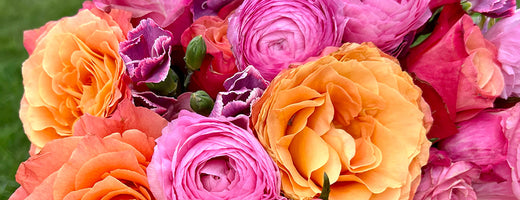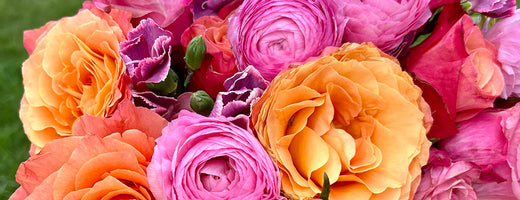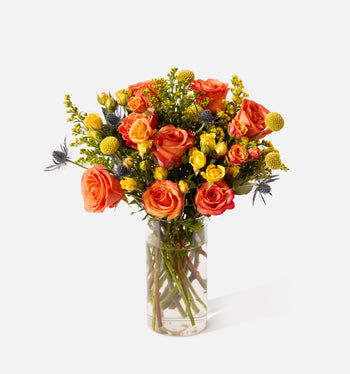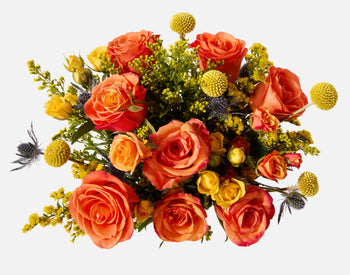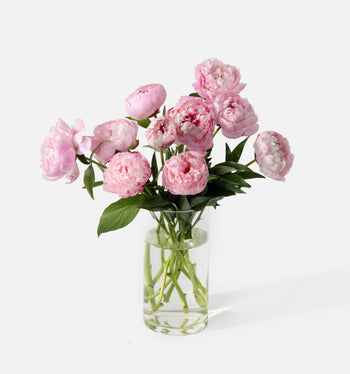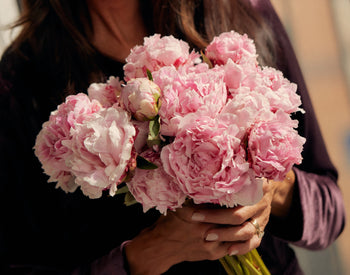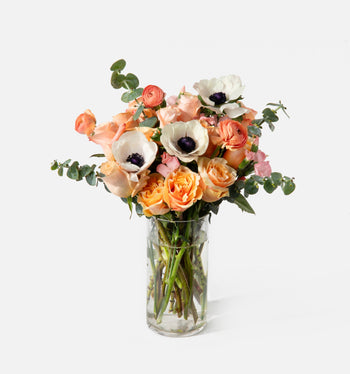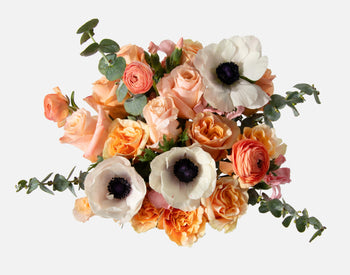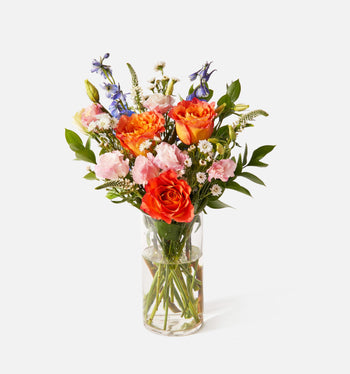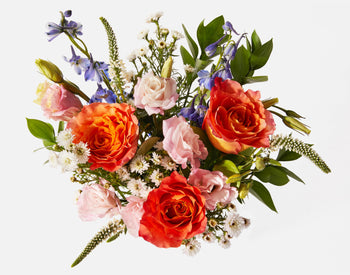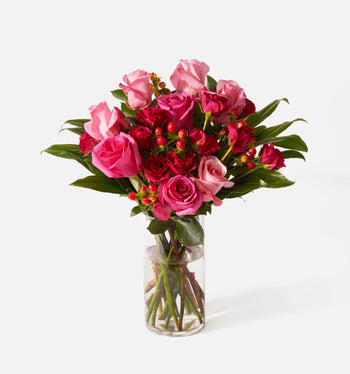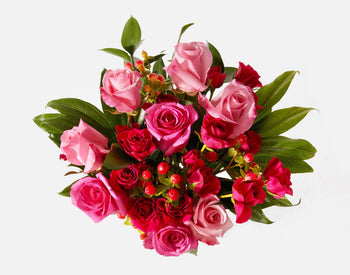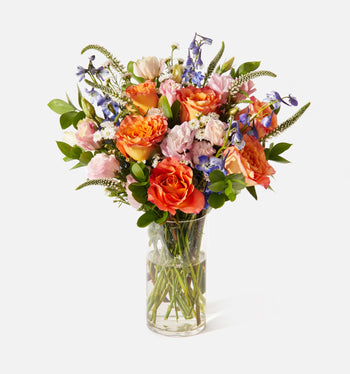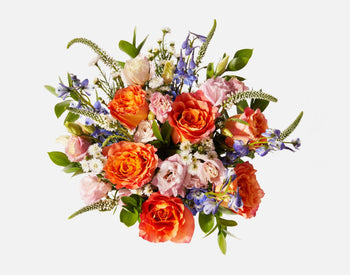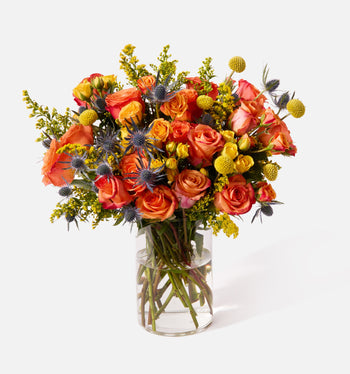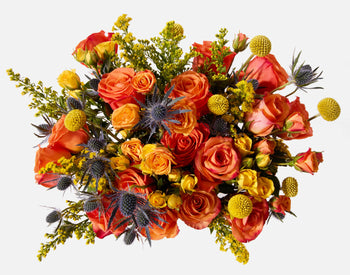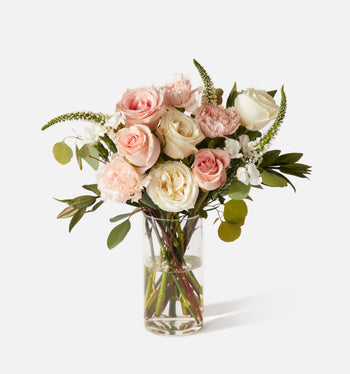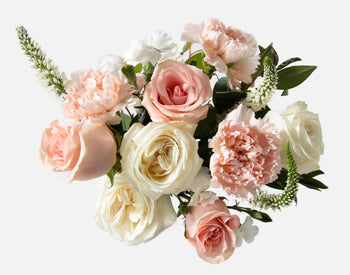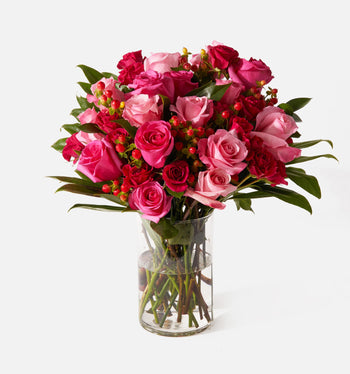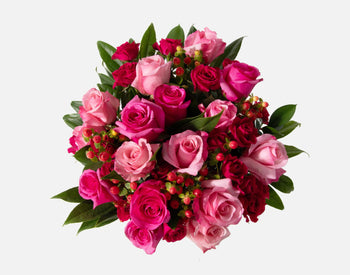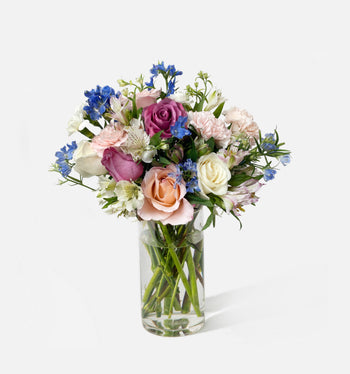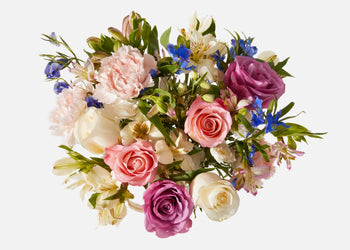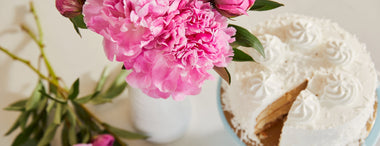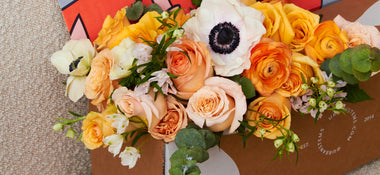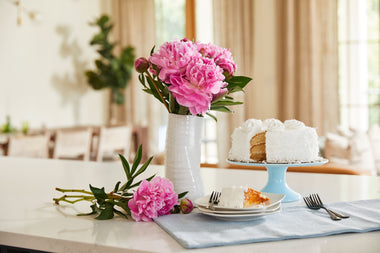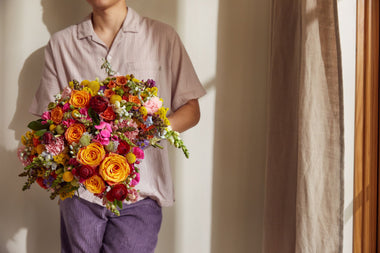If you’re a January baby, you’re lucky in that you have not just one but two birth month flowers. The birth flowers for January are the carnation and the snowdrop. Your birth month flowers are beautiful and hardy, able to withstand the cold and brighten the days with their scent and cheerful presence.
If you’re curious about these two iconic flowers and want to know more about their symbolism and history, read on. You’ll find all kinds of fascinating facts about January birth month flowers and suggestions on how to make them part of your life.
A Guide to January Birth Flowers
- What Are Birth Month Flowers?
- What Are the January Birth Month Flowers?
- A Short Guide to Carnations
- A Short Guide to Snowdrops
What Are Birth Month Flowers?
Just as each month has a birthstone associated with it, with its own meanings, so are the months of the year traditionally linked with specific flowers. Some months, like January, have two flowers. Like gemstones, flowers have their own symbolism and meanings, such as love, prosperity, and happiness.
In many cases, birth flowers are linked to the months in which they bloom, like daffodils in March. Sometimes, as in January, different flowers are assigned to the month in various parts of the world. Nowadays, birth month flowers are used as a handy guide to buying flowers as gifts for special occasions.
So if you have a friend or family member whose birthday is in January, you can gift them carnations and snowdrops since these are their special birth month flowers. And if your own birthday falls in the first month of the year, you can begin to bring carnations and snowdrops into your life.
The two January birth month flowers are the carnation and the snowdrop. It’s easy to see why — carnations are hardy flowers that can survive all kinds of adverse conditions, and snowdrops first raise their delicate heads in late January and early February. Both are a welcome sight on the coldest and greyest days of the year.
Another thing carnations and snowdrops have in common, apart from their sturdy tolerance of cold weather, is that they combine an appealing look with a sweet, unique scent. Carnations with their pretty ruffled petals are instantly recognized anywhere in the world, as are the delicate, bell-shaped flowers of snowdrops.
Carnations are a favorite with gardeners and florists for their bright colors and spicy-sweet scent that can enliven any garden or bouquet. Also called dianthus, Sweet William, grenadine, gillyflower, and clove pink, they can bloom and survive in very cold weather.
Origins and History
Carnations are grown around the world, but they originated in the Mediterranean area. The scientific name is Dianthus caryophyllus, which is derived from the Greek words dios, or divine, and anthos, or flower. In ancient times, carnations were considered to be the “flower of the gods” and were used in garlands for all kinds of rituals and celebrations.
Carnations have been grown in the United States since around 1850 and come in a wide range of colors, including red, pink, white, purple, and yellow.
Meaning and Symbolism of Carnations
Carnations stand for love, fascination, and devotion. However, the flower’s meanings also vary by the color of the blooms: pink carnations often symbolize a mother’s love and affection, while white ones symbolize good luck, remembrance, and innocence.
Dark red carnations can stand for deep love, and lighter red ones convey affection, friendship, and admiration. There are some less positive connotations as well, with purple carnations sometimes used to convey capriciousness, yellow for disappointment, and striped ones for regret.
Historically, red carnations have been used as symbols of military remembrance and are also popularly associated with May Day or International Workers’ Day. Many countries and states, like Spain, Monaco, Serbia, and the state of Ohio in the US, have adopted carnations as their symbol.
How to Make Carnations Part of Your Life
With their lively appearance and rich symbolism, carnations are widely used in bouquets, suitable for a variety of occasions. A popular Valentine's Day gift is The Crush bouquet, with a delicate blend of white and pink stems, with eucalyptus and sprigs of greenery.
The Athena with white carnations, delphinium, and roses in soft shades of cream, white, and blush is a cheerful gift for all kinds of occasions. And The Royal lives up to its name with an eye-catching arrangement of roses, mums, carnations, and more.
Snowdrops raise their distinctive white bell-shaped flowers in the temperate woodlands of southern Europe and Asia Minor in late January and early February. They have also been cultivated across Europe and the US.
Snowdrops are eagerly awaited as the first signs of spring and often appear when there is still snow on the ground. The blooms last from January through March and have a delicate fragrance to go with their enchanting appearance. Snowdrops have long been a favorite among poets, painters, and gardeners.
The scientific name for snowdrops is Galanthus nivalis, which literally means “white snow-covered” flowers. They belong to the amaryllis family, which includes lilies and other plants that grow from bulbs.
Meaning and Symbolism of Snowdrops
Springing out of the wintry ground in January, snowdrops represent hope and rebirth. They are also associated with purity, compassion, and the end of winter. In Victorian times, snowdrops were seen as a suitable flower for funeral wreaths to express condolences or sympathy.
How to Make Snowdrops Part of Your Life
Despite their beauty and popularity, snowdrops are not easily found in florists’ shops due to their brief blooming season. The best way to gift snowdrops, whether to friends or yourself, is to buy a live plant or start with bulbs.
Snowdrops can be planted in the ground and also in outdoor containers. They do particularly well in a woodland setting and will not flourish in warmer climates.
January’s birth month flowers brighten up the cold winter months with their color and scent. Carnations and snowdrops symbolize love and rebirth and make great gifts to friends, family, and yourself.
FAQs
What are the birth flowers for January?
January’s birth flowers are the carnation and the snowdrop. Both are known for their beauty and resilience during the colder months, making them the perfect symbols for the start of a new year.
What do carnations symbolize?
Carnations symbolize love, fascination, and devotion. Their meanings can vary by color—pink for a mother’s love, white for good luck, and red for deep love or admiration.
Can I include a message with my UrbanStems carnation delivery?
Of course! Every UrbanStems delivery includes the option to add a personalized note, making your carnation arrangement even more special for its recipient.
